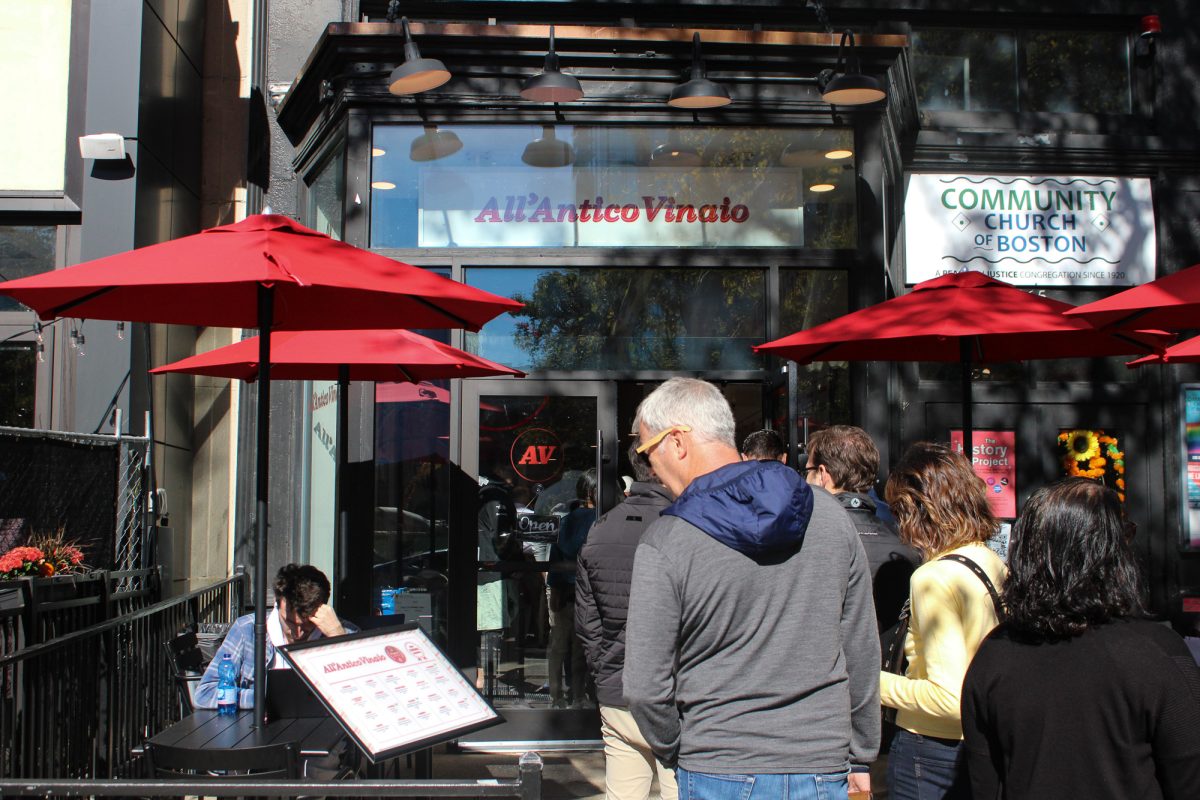Eighteen years in Los Angeles and two months in Boston have taught me that food is expensive.
Whether you’re going out or cooking at home, I’ve found that pretty much any type of food expense makes my wallet scream in agony. While I can’t cut the costs of food out completely, I do my best to minimize them.
Social media has a lot of tips for food budgeting, and through trial and error, I’ve found out what works best. I’m going to share some of my favorites and what I do personally to minimize my food expenses.
Plan your meals
Each week, write out the meals you’ll make at home. This will help you determine a grocery list and a weekly budget based on your financial needs.
Planning out your grocery shopping also ensures that you don’t overbuy products. We all have those impulse buys, like a new sweet treat or ingredients for the newfound recipe you’re “going to try on Thursday night.”
I don’t cook real meals often, so my grocery lists are mostly for snacks. I keep a stash of quick bites for on-the-go days and comfort foods for when I’m too lazy to leave my bed. I try to restock every two or three weeks, and buying everything in one stop reduces my impulse buys later on.
Build up your stock
If you have the space for it, building up a pantry stock is incredibly helpful. You can include nonperishables — like rice, beans and canned goods — along with kitchen staples, such as flour, sugar and spices. These foods have a long shelf life and can be used to make a variety of meals.
In my dorm’s communal kitchen, there is a small pantry filled with the cooking basics — flour, dried pasta, olive oil and more. Our fridge is also filled with miscellaneous goods, mostly dairy products and eggs. While some items have Post-Its designating them to a specific resident, a lot of these products are shared among the floor.
In the long run, having ingredients on hand makes the first step of cooking easier. It helps with deciding what to eat and makes grocery shopping cheaper because you already have the basics at home.
Rely on the dining hall
For those with a dining plan, use it as much as possible. I always grab apples from the dining hall as a snack between classes, and I’ll choose a sweet treat from the dessert section instead of going out into Boston.
I’m not saying you have to eat in the dining hall every single day, but being mindful of your daily choices helps you budget in the long run.
Forget the name brands
Another trick I’ve learned is that brand names do not matter. Most stores have their own generic brand for pantry staples and snack foods. Their quality is the same as the big brand names, and the price tag is much lower.
One of my personal go-tos is Target’s Good and Gather brand. They have a lot of options for really great snacks — shout out to their peanut butter crackers — and their pricing is comparable to competing name brands.

Minimize your waste
I try to only buy what I know I’ll use. I tend to purchase my tried-and-tested foods, since I know that I’ll eat them. I understand wanting to try new foods, so I recommend buying a little bit to try first. If you end up liking it, you can buy more — but that initial tester will save you money and reduce your waste.
Saving leftovers and actually eating them is another easy way to lessen food waste. According to the Supply Chain Project, more than 1 billion meals are wasted every day across the world, and in 2022 alone, almost one-fifth of available food was discarded.
I definitely used to be guilty of going out to eat, bringing home a box of leftovers and ultimately forgetting them in the fridge. So, I’ve started to leave notes reminding myself about my leftovers.
Now, when I’m hungry, instead of going to the pantry for ingredients or opening DoorDash, I go straight to the fridge. I get to enjoy a meal that’s not dining hall food while also cutting down on unnecessary food waste.
In the midst of studying, extracurriculars and work, good food is crucial for maintaining your energy and mood levels in college. It’s important to be conscious of your habits when it comes to buying and preparing food so you can sustainably make it through college, while enjoying good meals that don’t cost an arm and a leg.
























































































































